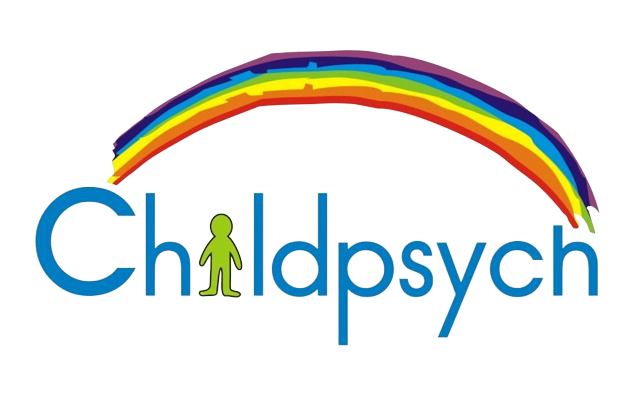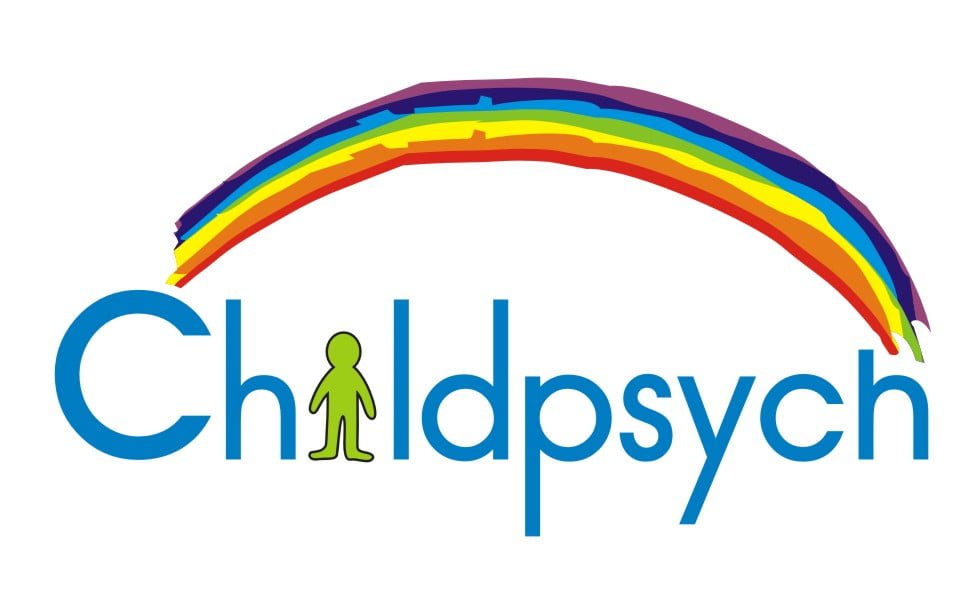Eye tracking is fundamental to a child’s academic journey, and it’s vital for parents and teachers to comprehend its significance and how to identify potential issues. Often underestimated, problems with eye tracking can pose a silent threat to academic achievement, even in children with perfect vision.
Eye tracking involves the smooth coordination of the eyes, both together and individually, as they track, converge, and diverge. For example, when transitioning from reading a book to looking at the blackboard, these movements should occur seamlessly. Difficulties in any of these aspects can lead to reading inaccuracies, line skipping, loss of place, struggles with math concepts like place value, or a slower work pace.
To assess eye tracking abilities, a simple marker test can be conducted. Here’s how:
- Begin by marking a dot on your finger with a marker pen.
- Have the child sit opposite you and instruct them to keep their head still while following the dot with their eyes.
- To test eye control – move the dot around within their field of vision and check their eyes to make sure that the eyes are following the dot correctly together
- To test eye divergence and eye convergence – Slowly move the dot closer to their nose and then gradually away, observing the smoothness of their eye movements as they follow the dot.
During this assessment, ensure that the eyes move smoothly and co-ordinately. Any signs of restricted movement, shaking, or jerking may indicate underlying issues.
If problematic eye tracking behaviours are observed, further evaluation by a behavioural optometrist is recommended.
Understanding and addressing potential eye tracking issues early on can significantly contribute to a child’s academic success and overall learning experience. For additional guidance, watch my video demonstration on youTube below.




